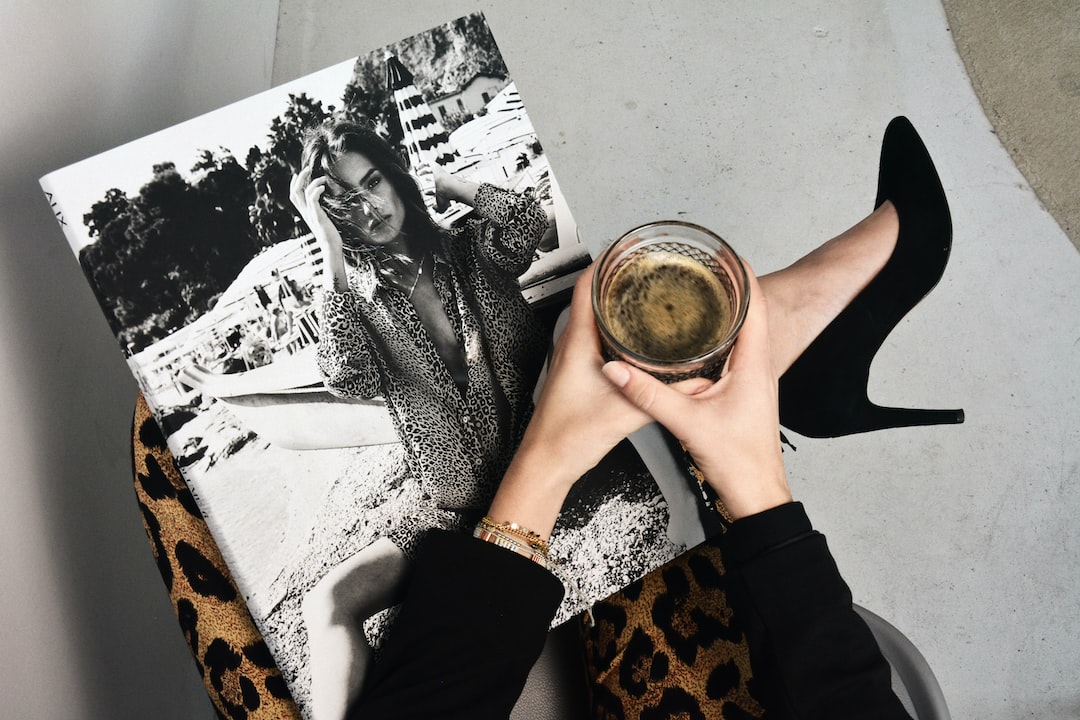From Runway to Real Life: Translating Fashion Week Trends
Fashion Week is a highly anticipated event that takes place in major cities around the world, showcasing the latest collections from renowned designers. It sets the tone for the upcoming season’s trends and influences the fashion industry as a whole. However, while the runway looks may be breathtaking and innovative, they often seem far removed from our everyday lives. So, how do we translate these high fashion trends into wearable and practical outfits?
First and foremost, it is essential to acknowledge the runway as a stage for creativity and artistic expression. Designers use this platform to push boundaries and experiment with unique concepts. The exaggerated silhouettes, bold prints, and avant-garde styles are not meant to be replicated exactly as seen on the catwalk. The key lies in identifying the underlying elements and incorporating them into our personal style.
One way to achieve this is by focusing on color palettes and textures. Fashion Week often introduces the hottest shades for the upcoming season, showcasing a diverse range of hues. Whether it’s pastels, earth tones, or vibrant neons, these colors can easily be incorporated into our everyday wardrobe. By selecting pieces in similar shades or opting for accessories in trendy colors, we can instantly update our look without going overboard.
Textures also play a significant role in fashion trends. Fabrics like silk, velvet, and leather dominate the runways, and while they may not be practical for everyday wear, we can find affordable alternatives. For example, a silk blouse can be substituted with a lightweight satin top, or a leather jacket can be swapped for a faux leather version. It’s all about finding materials that provide a similar aesthetic but fit within our comfort zone and budget.
Another aspect to consider when translating fashion week trends is the use of statement accessories. Fashion Week is notorious for over-the-top accessories, from oversized hats to chunky jewelry. While these may be too much for daily wear, incorporating one statement piece can instantly elevate any outfit. A bold necklace, a statement belt, or a printed bag can make a significant impact without overpowering the entire look.
One of the biggest challenges in translating runway trends to real life is adapting the silhouettes to our body shapes. Models on the runway may have slender figures that allow them to carry off unconventional cuts and shapes effortlessly. However, in reality, we need to consider what flatters our own body type. The trick is to identify the key elements of the silhouette and find garments that replicate them in a way that suits our shape. For example, if oversized blazers are on-trend, selecting a slightly looser-fitting blazer that still defines the waist can provide a similar effect without overwhelming our frame.
In addition to the aesthetic aspect of translating fashion week trends, it’s equally important to voice our personal style and preferences. Fashion is an individual expression of identity, and blindly following trends can sometimes stifle our creativity. Rather than trying to replicate every runway look, we should cherry-pick elements that resonate with us and tailor them to our own unique style. Mixing runway-inspired pieces with timeless classics and personal favorites can result in a truly distinctive and stylish outfit.
Lastly, it’s crucial to remember that fashion is ever-evolving, and trends come and go. While Fashion Week may offer a glimpse into the future of fashion, it’s important to set our own pace and not feel compelled to embrace each passing trend. Instead, we should focus on building a wardrobe that reflects our personality, taste, and individuality. True style is about feeling confident and comfortable in what we wear, regardless of whether it conforms to the latest trends or not.
In conclusion, translating fashion week trends to our everyday lives is all about adaptation, balance, and staying true to ourselves. We can incorporate runway elements by focusing on color palettes, textures, statement accessories, and adapting silhouettes to our body shapes. It’s essential to recognize the unique artistic expression of the runway and make it our own, while also remembering that our personal style will always shine brighter than any passing trend.


